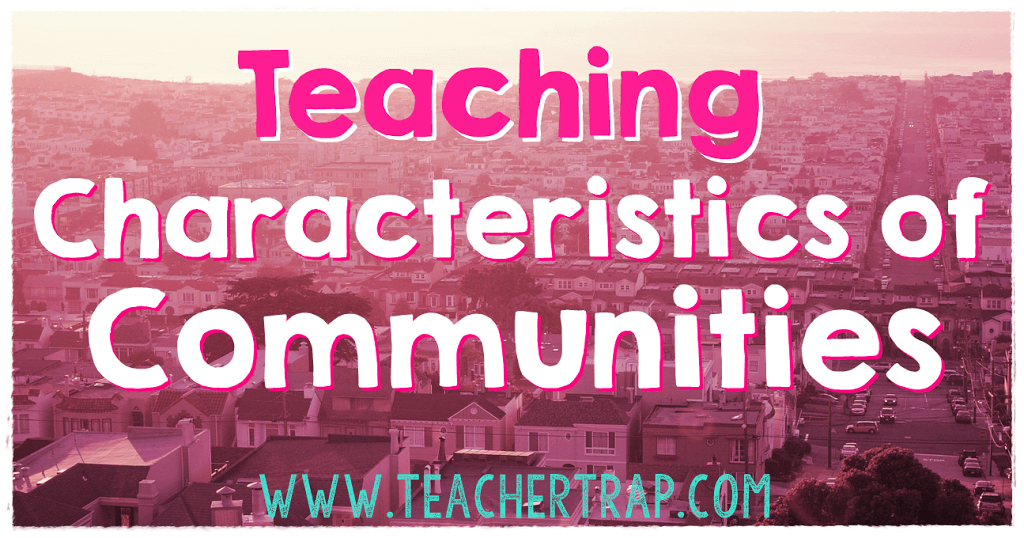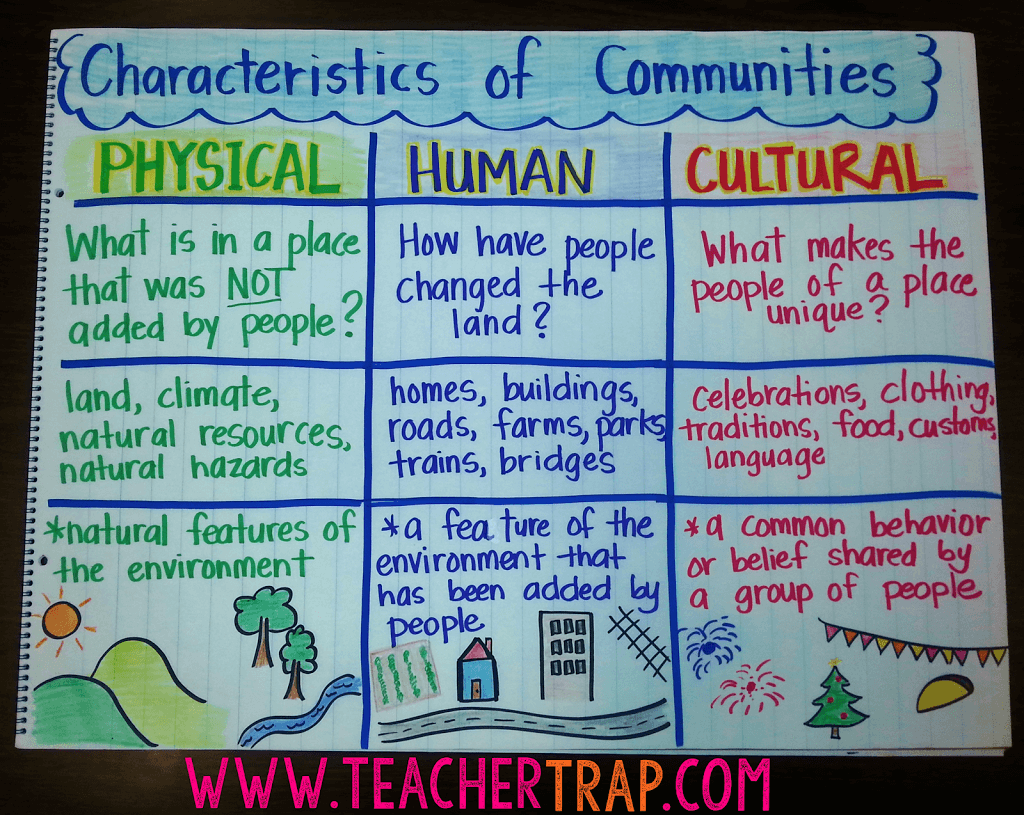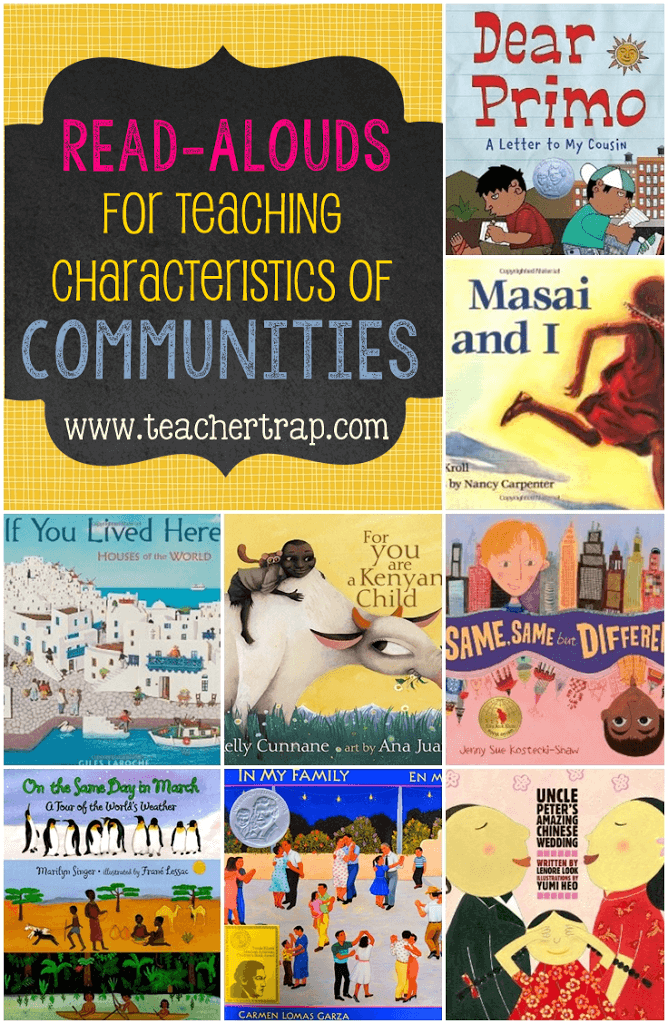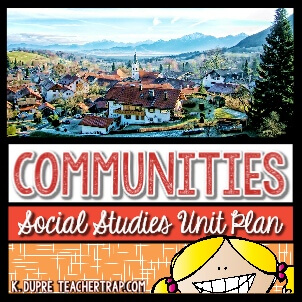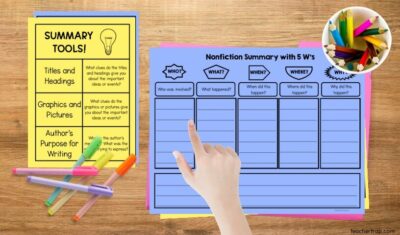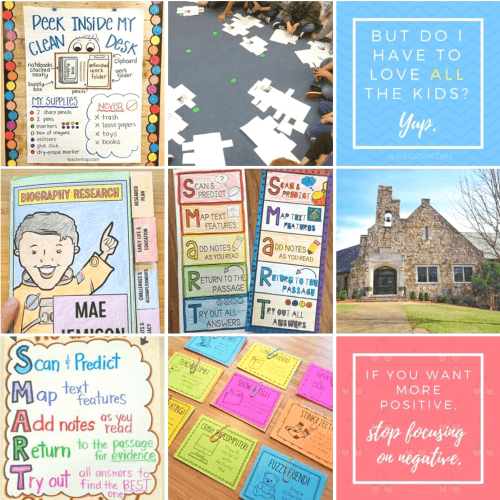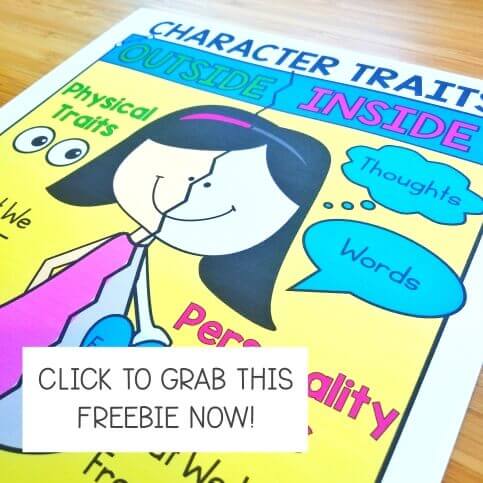In Texas, 3rd Grade Social Studies is ALL about communities. When I first started teaching 3rd, it seemed like every unit was another “Communities Unit” (because it was). Eventually, I began to understand the focus of each unit and the meaning of the standards.
In 3rd Grade, kids learn about why communities form, how they change, why they change, and the different sets of characteristics that can be used to describe a community. During each of these areas of study, students also explore important individuals who have impacted the formation, change, or progress of communities and what it means to be a member of a community.
This post focuses on Characteristics of Communities. I’ve included the basic standards that go with each area, some teaching resources, and some picture books that work well with each topic.
PHYSICAL CHARACTERISTICS
(4A) describe/explain variations in physical environment (climate, landforms, natural resources, natural hazards)
(4B) identify/compare how people in different communities adapt to/modify the physical environment in which they live (deserts, mountains, wetlands, plains)
(4C) describe the effects of physical processes such as volcanoes, hurricanes, and earthquakes in shaping the landscape
A physical characteristic of a community is a natural feature of the environment.
When studying physical characteristics of a community, I like to ask the kids “What is here that was NOT added by people?” It’s fun to imagine going back in time and seeing a place before people came along. You can ask, “What do you think this place was like before humans lived here?” Imagine the natural environment before people showed up and began building and changing the land.
As kids begin to understand what it means to describe the physical characteristics of a place, you can begin comparing different places.
Perfect Picture Books for Physical Characteristics
Vicki Cobb has a great series of books that fit perfectly! And I LOVE On the Same Day in March, by Marilyn Singer. A perfect book to launch discussions about characteristics of different environments and how people adapt to live there. Any picture book with great images of the land and plants of a place is a great start.
(4B) identify/compare how people in different communities adapt to/modify the physical environment in which they live (deserts, mountains, wetlands, plains)
(4D) describe the effects of human processes such as building new homes, conservation, and pollution in shaping the landscape
(4E) identify/compare the human characteristics of various regions
A human characteristic of a community is a feature of the environment that has been added by humans.
For human characteristics, I ask, “How and why did the people change the land?” Students now must think about how people adapt to the physical characteristics of a place. How do people live differently in hot or cold climates? How do communities look different along the coast or in the mountains?
Perfect Picture Books for Human Characteristics
Some of the read-alouds above still work beautifully but here’s a few more that can add depth to discussions. Dear Primo is a cleverly written story of two cousins who live in America and Mexico. They write to each other comparing the differences in how they live. And If You Lived Here includes amazing images of the different ways people live around the world.
(13AB) understand/explain significance and compare ethnic and/or cultural celebrations of the local community and other communities
(15AB) understand the importance of writers and artists to the cultural heritage of communities
A cultural characteristic of a community is a common behavior or belief shared by the people of a community.
For cultural characteristics, I ask “What makes the people of the community unique?” Now students are comparing the celebrations, heritage, food, customs, clothing, and traditions of communities. We also explore how writers and artists share these cultural differences.
Perfect Picture Books for Cultural Characteristics
The books below include rich and detailed images of different cultures. In My Family, by Carmen Lomas Garza is wonderful because it reflects her own experiences and family life. You can help students see how the author represents her culture through writing and art.
As you teach characteristics of communities, be sure to link lessons back to the students’ local community. What are the landforms, natural resources, climate, and hazards in your community? How has the community changed over time? Does the town have special celebrations or traditions?
For more resources and detailed lesson plans, check out my Communities Unit on TPT. The unit includes activities, notebooking templates, images, links to digital resources, and more!
Any other great ideas for read alouds on communities? I’d love to hear in the comments below!
And stay tuned for more Social Studies resources. Heroes is up next!







